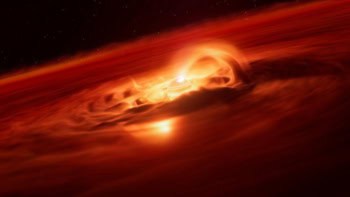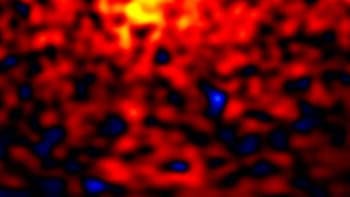The most accurate measurement yet of the relative proportions of nitrogen-15 and nitrogen-14 in Jupiter's atmosphere has placed important constraints on the make-up of the solar nebula - the cloud of gas and dust from which the planets formed. Tobias Owen of the University of Hawaii in the US and colleagues analysed the abundance of the two isotopes in ammonia in the giant planet's atmosphere using the Probe Mass Spectrometer on board the Galileo spacecraft (T Owen et al 2001 Astrophysical Journal Letters 553 L77).
The present ratio of nitrogen-15 to nitrogen-14 in planets and bodies is an indication of the original ratio of the two isotopes in the early solar system. But previous analyses of nitrogen in lunar soil – which should be closely related to the proportion of isotopes in the solar wind – were ambiguous. In models of the evolution of the solar system, astronomers therefore had to assume that the ratio of nitrogen isotopes was the same throughout the solar system as it is in Earth’s atmosphere – that is, 0.00366.
According to the new data, however, the ratio of nitrogen-15 to nitrogen-14 is 0.0023. Since the relative proportions of many elements in Jupiter’s atmosphere exactly match the levels in the Sun, Owen and co-workers are confident that this figure is representative of the solar system as a whole. Together with studies of molecular and ionic reactions, the measurement supports the theory that molecular nitrogen was the dominant form of the element in the early solar system – accounting for over 90% of the total – rather than compounds such as ammonia or hydrogen cyanide.
Other studies of nitrogen-containing compounds in the Large Magellanic Cloud – a young galaxy – suggest that the amount of nitrogen-15 decreases as galaxies age. Massive short-lived stars are thought to generate the heavier isotope while smaller, longer-lived stars produce nitrogen-14. As stars reach the end of their lives and eject material into interstellar space, the relative proportion of nitrogen-14 increases. Astronomers also believe that this means the molecular nitrogen in our atmosphere was present when the Earth formed and did not accumulate at a later stage.



